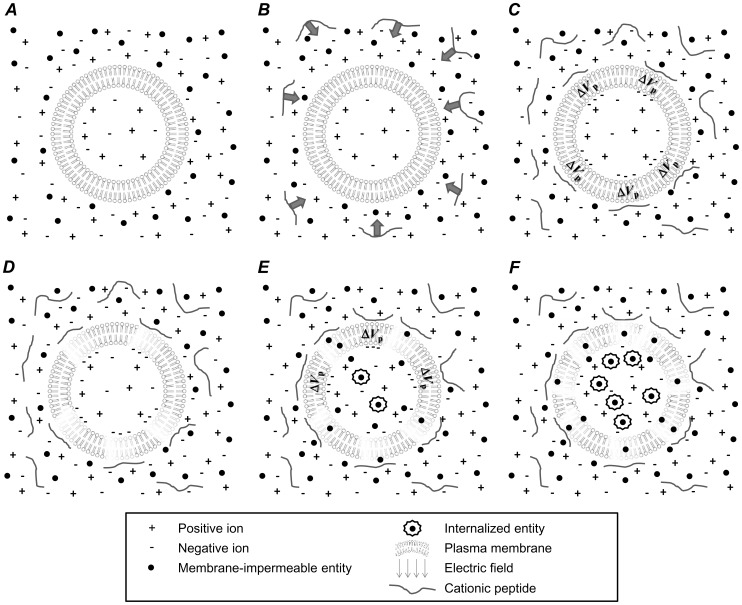Figure 1. Cationic peptide exposure can eventually lead to prolonged membrane disruption through electrostatic peptide-membrane interaction.
A cell rests in an ionic media with membrane-impermeable entities (A) and cationic peptide is introduced into that media (B). Cationic peptides will electrostatically collect about the negatively charged plasma membrane (C) and increase the electrostatic potential across the membrane in the vicinity of the peptide (V p). D–E: These transmembrane voltages may be sufficient for electroporation and disrupt the membrane in a manner leading to internalization of normally membrane-impermeable entities. E–F: Particularly at higher cationic peptide concentrations, the media serves as a reservoir for additional peptides to co-localize with the plasma membrane, causing prolonged membrane permeability.

